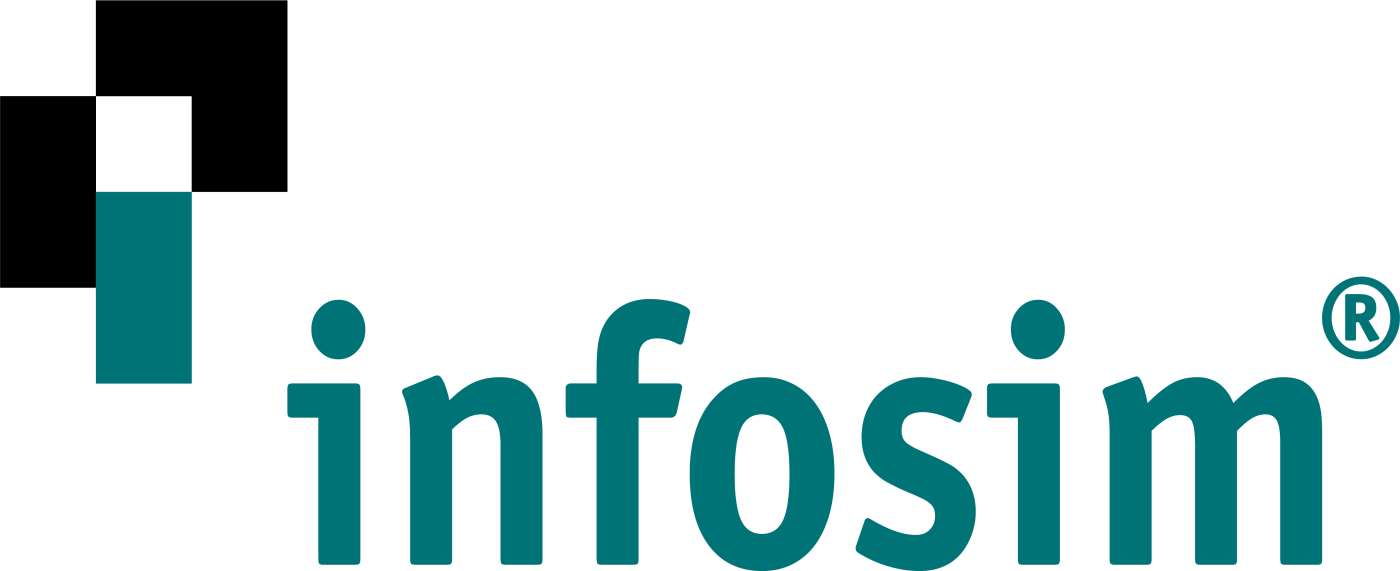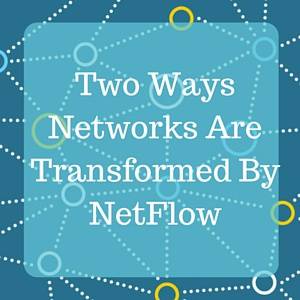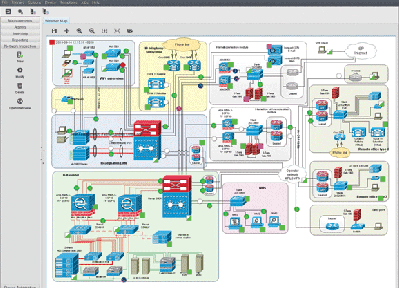In 2017, any drop in your network’s performance will affect your enterprise’s overall productivity. Ensuring the optimal performance of your network, in turn, requires sophisticated network performance monitoring. Through exceptional reporting and optimization, a high-quality network performance monitoring service can ensure that every aspect of your network is always performing at its best. Here we take a close look at how network performance monitoring works, and the key benefits it provides.
How it works
Getting outside the system
In order to engage in effective network performance monitoring, the service that is monitoring the network must reside outside the network itself.
This is obvious in the case of monitoring a network for system failure: if the monitoring software resides within the network that fails, then it cannot report the failure.
However, keeping the monitoring service outside the network is just as important when it comes to monitoring performance. Otherwise, the service will be monitoring its own performance as yet another part of the system, which will compromise the accuracy of its performance data.
Monitoring key metrics
A high-quality network performance monitoring service monitors all of the devices that make up your company’s network, as well as all of the applications that depend on them.
One of the key metrics the monitoring service will track is your network’s response time. In the context of a computer network, response time is a measure of the time it takes for various components and applications within your company’s network to respond. For example, suppose you have an Enterprise Resource Planning (ERP) system installed on your network. Further, suppose an employee clicks on a tab in the ERP’s main dashboard and experiences a long delay. This indicates a poor response time, which is often due to a network with sub-optimal performance.
Alerting and reporting
Depending on your company’s preferences, if there is a significant drop in a key measure of network performance, the network monitoring service will generally alert the system administrator. Yet most high-quality monitoring services also provide network optimization; real-time performance data; and detailed periodic reports calling out any weak points the administrator needs to address to preserve and enhance your network’s overall health and performance.
The key benefits
A competitive edge
Suppose that you and your top competitor both have precisely the same enterprise network hardware, software, configuration and bandwidth. However, your network has sophisticated performance monitoring in place to keep it in optimal health, and your competitor’s network does not.
Consequently, your staff is sailing through the same network-dependent tasks that your competitor’s staff is slogging through. In this case, you have a significant edge over your top competitor in terms of productivity. On the other hand, if the roles are reversed, and your competitor is the one with high-quality network performance monitoring in place, then they are the one with the edge. Either way, it’s clear that network performance monitoring is a significant contributor to enterprise productivity.
Time and cost savings
Even a few seconds of delay in performing common tasks and opening up key pages within a networked enterprise application can eventually result in hundred of hours of lost time each year. Performance monitoring can save you that time. It can also help you optimize your server and other network components to help prolong their expected lifespans. On the other hand, hardware with consistent performance problems is under strain and may fail unexpectedly.
Consistency
Having a network with consistent optimal performance significantly improves productivity and morale. On the other hand, a network with inconsistent performance will lead to unpredictable work conditions and inconsistent output. For example, suppose your staff is working on an urgent project with a tight deadline. If the network’s performance is inconsistent, they will have no way of predicting whether they can reasonably meet the deadline or not. For this reason, a network with inconsistent performance can be as problematic as a network with frequent downtime.
Effective troubleshooting
There are a large number of subtle factors and gradually unfolding events that can degrade the performance of your network and hurt your company’s productivity without your being directly aware of it. One of the most common is a gradual increase in network usage over time without any improvements to the network itself to accommodate the increase. For example, a company might expand its staff without adding servers or increasing network bandwidth. As the new team members ramp up their usage, network performance begins to decline.
In other cases, an enterprise application connected to the network may suffer from sub-optimal performance that staff believe is due to the network, when in fact it’s an enterprise software issue. In all of these cases, a high-quality network performance monitoring service can summon the data to quickly troubleshoot the situation. If usage has gradually increased without any network improvements to support the increase, the monitoring service’s data can identify the need for improvements. If an enterprise application is exhibiting long response times, the monitoring service can identify whether the source of the problem resides in the network or the enterprise software itself. This capacity to quickly and effectively troubleshoot network-related performance problems can save time and heartache.
Moreover, performance monitoring can also serve as a preventative measure by recognizing and troubleshooting performance problems before they become system failures. For example, by identifying a network component that is not performing optimally and that may soon fail, a high-quality performance monitoring service can help prevent the system failure from occurring.
Getting started with network performance monitoring
Network performance monitoring keeps a close eye on key indicators of your network’s health. Additionally, a high-quality external monitoring service oversees your network from the outside to provide reliable, real-time performance-related reporting, alerting and optimization.
There are several key benefits of network performance monitoring for enterprises: the monitoring service helps your network-dependent applications and tasks perform at their optimal speed, giving you an edge on the competition; it reduces network response times and helps prolong hardware lifespans, saving you time and money; it provides performance consistency, giving you a network you can count on under time-sensitive deadlines; and it greatly accelerates the network troubleshooting process, giving you the freedom to focus on your business and not your network. Get started with NMSaaS here.
Thanks to NMSaaS and author John Olson for this article







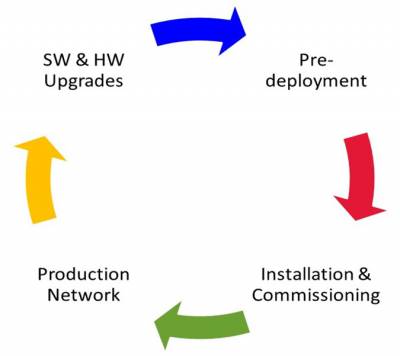


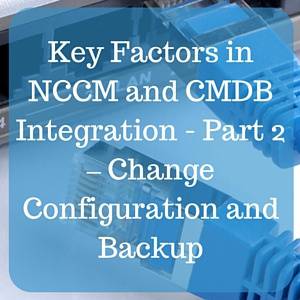
 Thanks to NMSaaS for the
Thanks to NMSaaS for the 